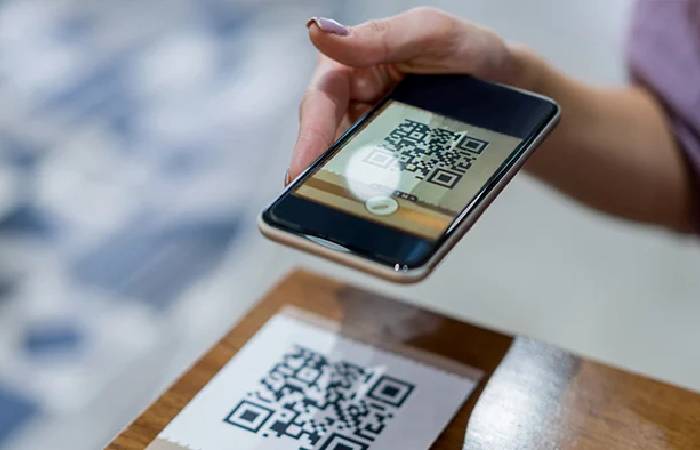What is a QR Code? – The complete form of the QR Code is the Quick Response Code. It is a two-dimensional bar code. Smartphones and other devices with cameras read these codes. QR Codes are black and white squares containing information about the item to which they are attached. This information can include a website URL, text, contact information, or geolocation.
In 1994, Denso Wave, a Japanese subsidiary, was invented 1994 by Denso Wave, a Japanese subsidiary of Denso Corporation. Initially, these QR codes remained developed for the automotive industry to track vehicles during manufacturing. However, QR codes quickly became popular in other sectors and are now used in various applications.
Table of Contents
1. How QR Codes Work?

QR codes use a unique algorithm to encode information into a pattern of black-and-white squares. A scanner then reads this pattern, decodes the data, and displays it on the user’s device.
QR codes are more efficient than traditional barcodes because they can store more information in a smaller space. They are also more durable, as you can scan them even when damaged or partially obscured.
2. Types of QR Codes
There are different QR codes, each designed for a specific purpose. Standard QR code is the most common type of QR code that can store information. Other kinds of QR codes include:
- Micro QR codes: Micro QR codes are smaller than standard ones and can remain used on small items such as business cards or product packaging.
- Mini QR codes: These codes are minor than micro QR codes and can remain used on smaller items such as jewelry or electronic components.
- QR code labels: QR code labels intend to remain printed on products and other items. Durable materials such as vinyl or polyester remain used to make these codes.
- Dynamic QR codes: Even after printing these codes, you can update them with new information. It makes them ideal for applications such as marketing and advertising.
3. Benefits of Using QR Codes
QR codes offer many benefits over traditional barcodes and other forms of data storage. Below are some of the key benefits of using QR codes include:
- Convenience: You can scan these QR codes quickly and easily using a smartphone or other device with a camera. It makes them ideal for mobile marketing, product tracking, and access control applications.
- Versatility: QR codes can store a wide variety of information, including text, URLs, contact information, and even geolocation data, making them ideal for various applications.
- Durability: You can scan these QR codes even when damaged or partially obscured. It makes them ideal for use in harsh environments or on products likely to be handled frequently.
- Security: QR codes can be encrypted to protect sensitive data. It makes them ideal for financial transactions and secure access control applications.
4. Applications of QR Codes
QR codes are helpful in a wide variety of applications, including:
- Mobile marketing: QR codes can direct customers to mobile websites, download apps, or view promotional content.
- Product tracking: QR codes help to track products during the supply chain and provide customers with information about the products they purchase.
- Access control: QR codes can control access to buildings, rooms, and other secure areas.
- Payments: QR codes help make payments in stores and online.
- Social media: QR codes help to share social media profiles and content.
- Education: QR codes can provide students with access to educational resources and help teachers track student progress.
5. How to Create and Scan QR Codes?
There are different ways to create and scan QR codes. You can utilize a QR code generator website or app to create a QR code. QR code scanner app is also helpful for your smartphone or other device with a camera to scan a QR code.
Examples of QR Codes in Use
Here are a few examples of how QR codes are helpful in the real world:
- Museums: Many museums now use QR codes to provide visitors with more information about the exhibits they view.
- Product packaging: Many products now have QR codes printed that customers can scan to learn more about the product or to download a product manual.
- Restaurant menus: Some restaurants now use QR codes so customers can view them on their smartphones.
- Public transportation: Some public transportation systems now use QR codes to let passengers pay for their fares.
- Tickets: Many events now use QR codes on tickets to allow attendees to enter.

